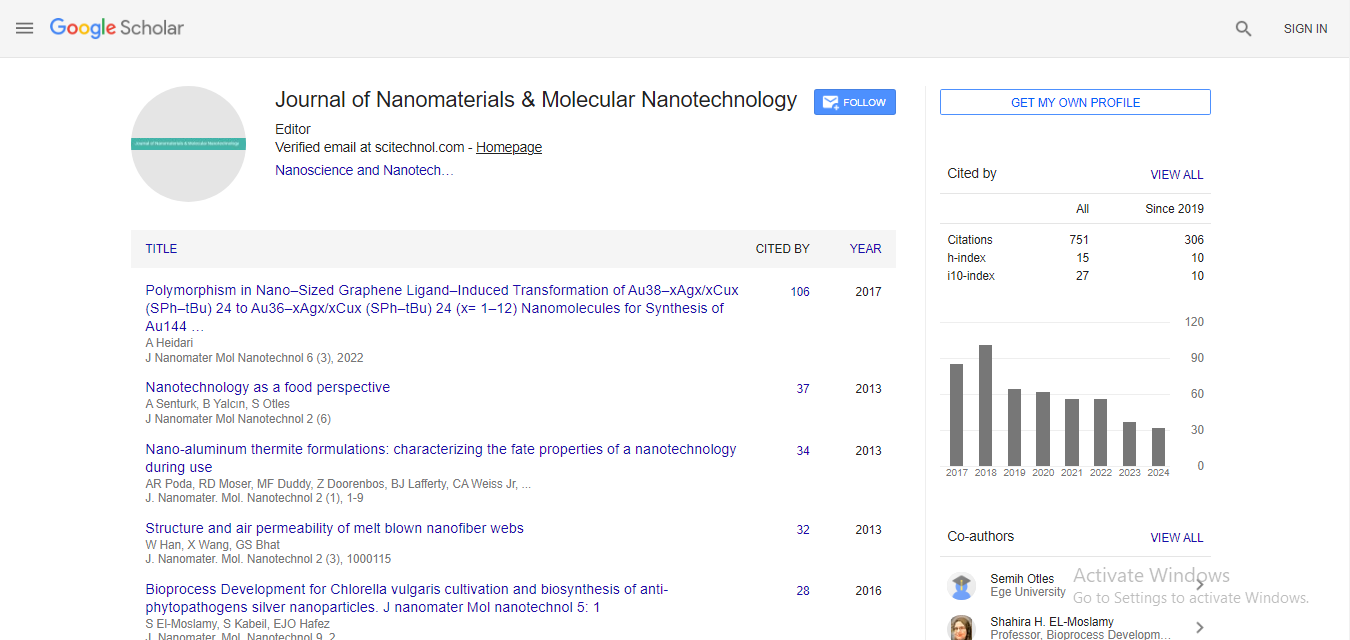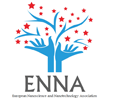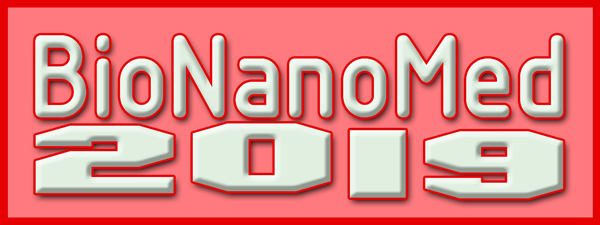Scrutinizing the latest approaches in the sphere of Nanotechnology. Risks and regulatory adaptation
Elena Margineanu
Free International University of Moldova
: J Nanomater Mol Nanotechnol
Abstract
Statement of the Problem: Advances in nanotechnology allow applications in various industries, including food, medicine, transportation, textile, electronics, and others. Previous research has shown that nanoscience encompasses multiple disciplines and is a substantively integrative field. The effectiveness of properties that nanoparticle combinations exhibit, serves as a catalyst for the development of new application paths, especially in the most sensitive areas of social life. However, due to its broad cross-disciplinary nature, an asymmetric transfer of knowledge can possess undefined risks in the long term even if the application's objective is evaluated with high potential at the initial phase. The purpose of this study is to scrutinize the latest approaches in the field of nanotechnology by outlining the potential risks in the long term, through the prism of cross-disciplinary linkages. Methodology & Theoretical Orientation: The present study is a qualitative research of secondary analysis from various disciplines with the aim to investigate possible linkages relevant to a proposed application of nanotechnology. The theoretical orientation is a bifurcation for further regulatory adoption, between nanoparticles designed for (a) body intake and (b) external usage. An ecological analysis was utilized to focus on the interaction between direct linkages under influence of tertiary factors (examples: nanoparticles used in display performance and physiology; medical nanoparticles and geomagnetism, or taphonomy). Findings: The application of nanotechnology might not be homogeneously progressive across all intended disciplines. The focus on the development of nanotechnology for external use, rather than body intake, can rapidly increase infrastructure quality and social wellbeing. Conclusion: The precautionary approach is necessary for the area of nanotechnological innovations, in both laboratory research and commercial implementation with an implicit regulatory framework. Recommendations for delimitation of nanotechnology application are made for both technical professionals in the field of nanotechnology and those empowered to define its regulatory aspects.
Recent Publications :
1. 1. Breus, T. K., Binhi, V. N., & Petrukovich, A. A. (2016). Magnetic factor in solar-terrestrial relations and its impact on the human body: physical problems and prospects for research. Physics-Uspekhi, 59(5), 502.
2. 2. Gariaev, P. P., Birshtein, B. I., Iarochenko, A. M., Marcer, P. J., Tertishny, G. G., Leonova, K. A., & Kaempf, U. (2001). The DNA-wave biocomputer.
3. 3. Loos, H. G. (2003). U.S. Patent No. 6,506,148. Washington, DC: U.S. Patent and Trademark Office.
4. 4. Seyyedi, M., Rostami, A. & Matloub, S. Effect of morphology of nanoparticles on performance of transparent display. Opt Quant Electron 52, 308 (2020).
5. 5. Willis, J. A., Cheburkanov, V., Kassab, G., Soares, J. M., Blanco, K. C., Bagnato, V. S., & Yakovlev, V. V. (2021). Photodynamic viral inactivation: Recent advances and potential applications. Applied Physics Reviews, 8(2), 021315.
Biography
Elena Margineanu is a Lecturer of Environmental Law at the Free International University of Moldova. Before a Ph.D. program in International Public Law (Ecosystem protection), she graduated an MS in Business Administration, Management / Strategy Department at Korea University. Along with academic activities, she performed environmental impact assessments for around 100 projects under foreign financing for rural SME development. She is interested in system thinking and strategy. She is a board member of the Institute of Development and Expertise of Projects (IDEP) from Moldova since 2019 and a member of the International Ecological Engineering Society (IEES) since 2020.
 Spanish
Spanish  Chinese
Chinese  Russian
Russian  German
German  French
French  Japanese
Japanese  Portuguese
Portuguese  Hindi
Hindi 



